Plungers are essential tools for clearing clogs in sinks, toilets, and drains, but not all plungers are created equal. Standard plungers often wear out quickly, losing their suction power and becoming ineffective over time. This is where wear-resistant plungers come in - engineered for durability, superior performance, and extended lifespan.
In this comprehensive guide, we will examine what makes plungers wear-resistant, the benefits they offer, the best materials used in their construction, how to select the right one for your needs, and proper maintenance techniques to ensure maximum longevity.
What Makes a Plunger Wear-Resistant?
Unlike traditional rubber plungers that degrade, crack, or lose flexibility, wear-resistant plungers are designed with advanced materials and reinforced construction to withstand frequent use. Several key features contribute to their durability:
High-grade rubber or silicone construction resists hardening and cracking over time. Reinforced ribs or double-layered seals enhance suction power while preventing deformation. The handles are typically made from corrosion-resistant materials like stainless steel or heavy-duty plastic. Many models also feature chemical-resistant coatings that protect against harsh drain cleaners.
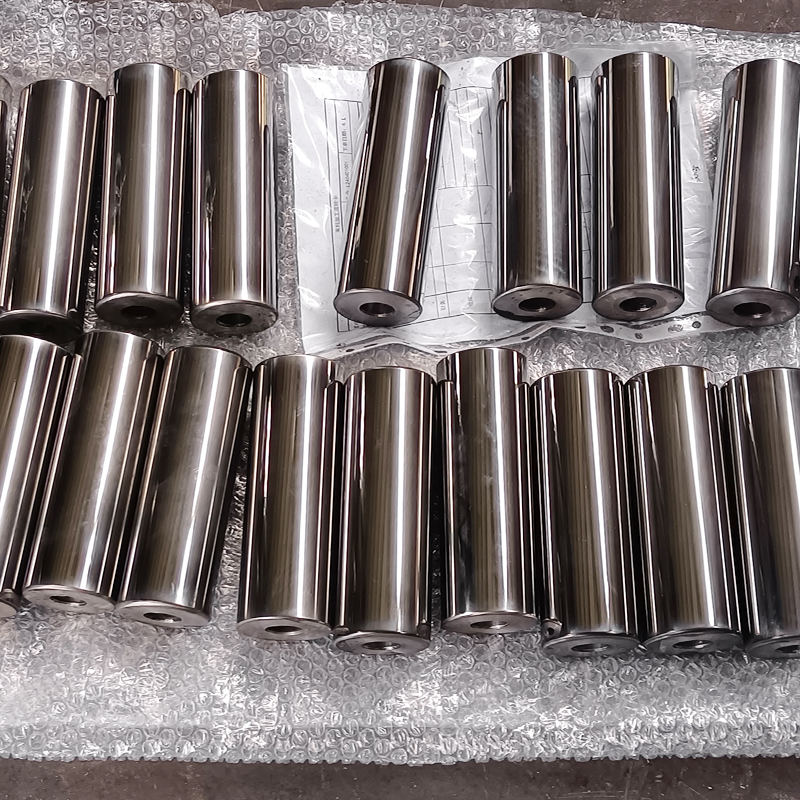
Key Benefits of Wear-Resistant Plungers
Investing in a wear-resistant plunger provides numerous advantages that make them worth the slightly higher initial cost:
These plungers offer a significantly longer lifespan, maintaining their effectiveness through repeated use. Their superior construction ensures stronger, more consistent suction power that creates a tighter seal against drain openings. The materials are specially formulated to resist damage from chemicals and heat, meaning they won't break down when exposed to drain cleaners or hot water.
Wear-resistant plungers are more hygienic and easier to clean due to their non-porous surfaces that prevent bacterial buildup. While they may cost slightly more upfront, their durability makes them more cost-effective in the long run by eliminating the need for frequent replacements.
Top Materials Used in Durable Plungers
The performance and longevity of a plunger largely depend on the materials used in its construction. The most durable options include:
Industrial-grade rubber maintains flexibility in both cold and hot conditions while resisting tearing and deformation. This material is commonly used in heavy-duty toilet plungers. Silicone offers a non-stick surface that prevents residue buildup and provides excellent resistance to chemicals and extreme temperatures, making it ideal for high-end kitchen plungers.
Thermoplastic elastomers (TPE) combine rubber's flexibility with plastic's durability, creating an excellent material for flange-style plungers. For handles, reinforced plastic provides a lightweight yet sturdy option that won't rust or corrode, often paired with rubber or silicone heads for optimal performance.
Selecting the Right Wear-Resistant Plunger
When choosing a wear-resistant plunger, consider several important factors:
First, determine the primary use - flange-type toilet plungers work best for toilets, while flat-cup sink plungers are designed for sinks and tubs. Examine the material quality carefully, avoiding cheap rubber that will harden over time. Look for models with reinforced edges that enhance suction power.
Handle design is another crucial consideration. Ergonomic grips reduce hand fatigue during use, while extended handles provide better leverage and reach. The weight and balance of the plunger affect its ease of use, so consider how comfortable it feels when performing plunging motions.
Proper Maintenance for Maximum Longevity
To get the most out of your wear-resistant plunger, follow these maintenance tips:
After each use, thoroughly clean the plunger with warm, soapy water to remove debris and prevent residue buildup. Allow it to dry completely before storage to prevent moisture-related damage. Store the plunger in a dry, well-ventilated area away from direct sunlight, which can degrade materials over time.
Avoid exposing the plunger to harsh chemicals whenever possible, as even resistant materials can eventually break down with repeated exposure. Periodically inspect the plunger for any signs of wear, such as cracks or loss of flexibility, and replace it if significant deterioration occurs.
Conclusion
Wear-resistant plungers represent a smart investment for any household or commercial setting. Their superior construction and durable materials ensure reliable performance over an extended period, ultimately saving money and frustration compared to frequently replacing standard plungers. By understanding the key features of these products and selecting the right model for your specific needs, you can enjoy effective clog-clearing capability for years to come.
Remember that proper maintenance plays a crucial role in maximizing the lifespan of even the highest-quality plungers. With careful selection and regular care, a wear-resistant plunger can become a long-term solution for your plumbing needs, providing peace of mind and reliable performance whenever clogs occur.

 ENG
ENG
 English
English عربى
عربى Español
Español 中文简体
中文简体
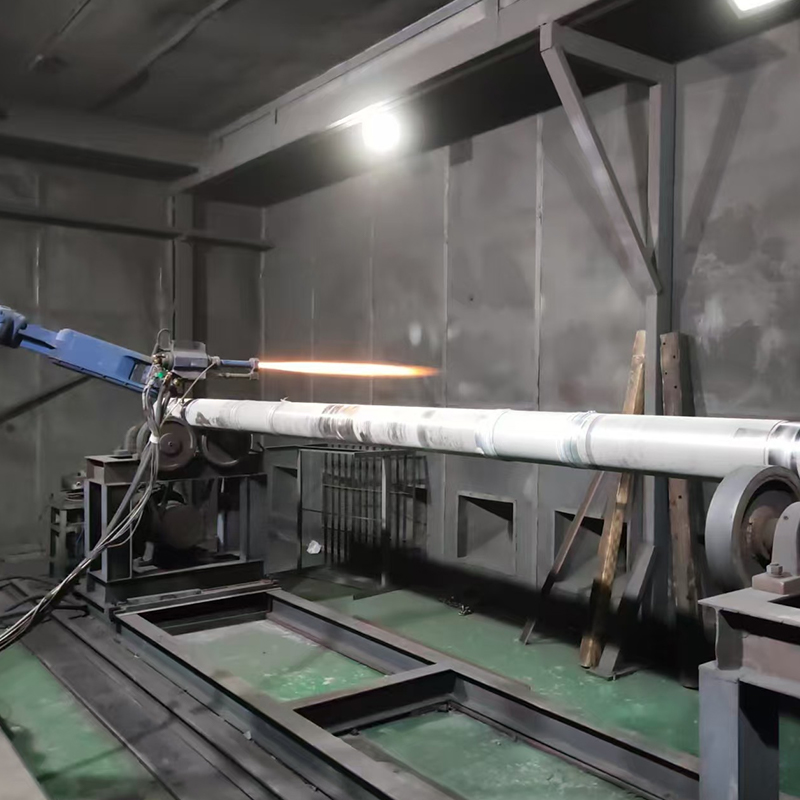

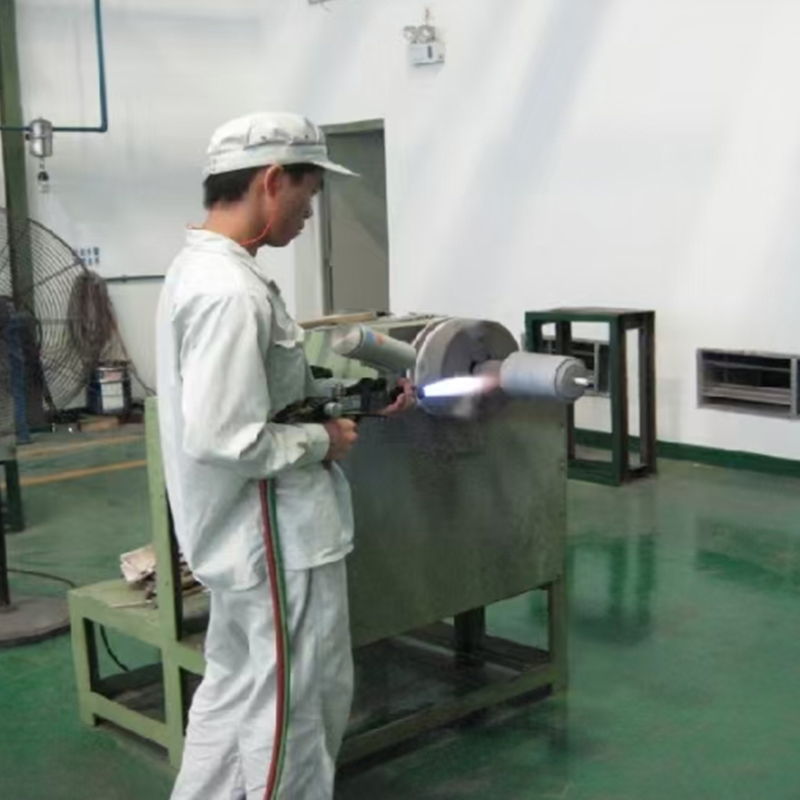

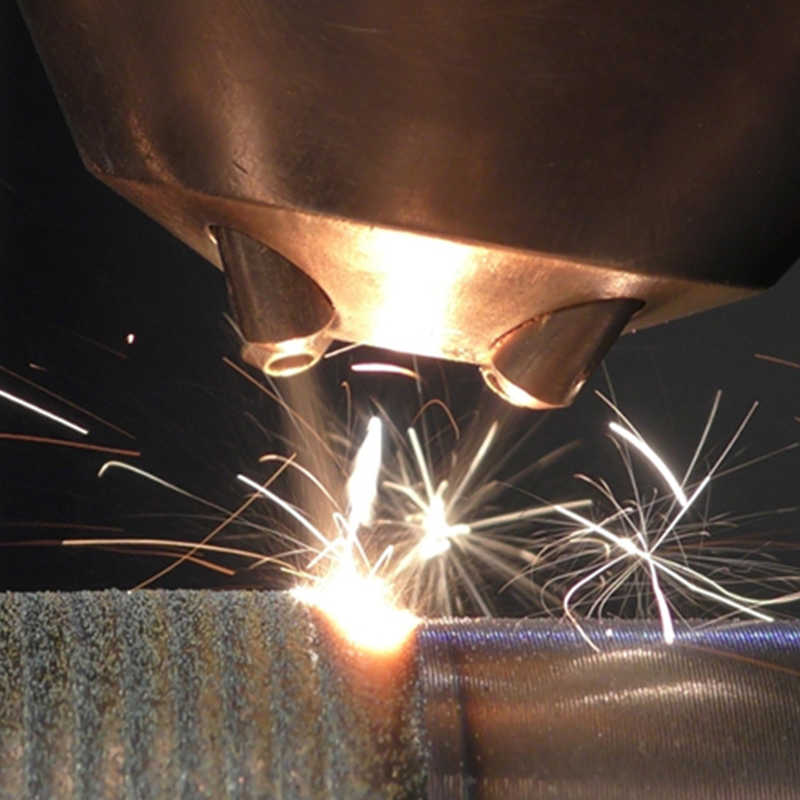
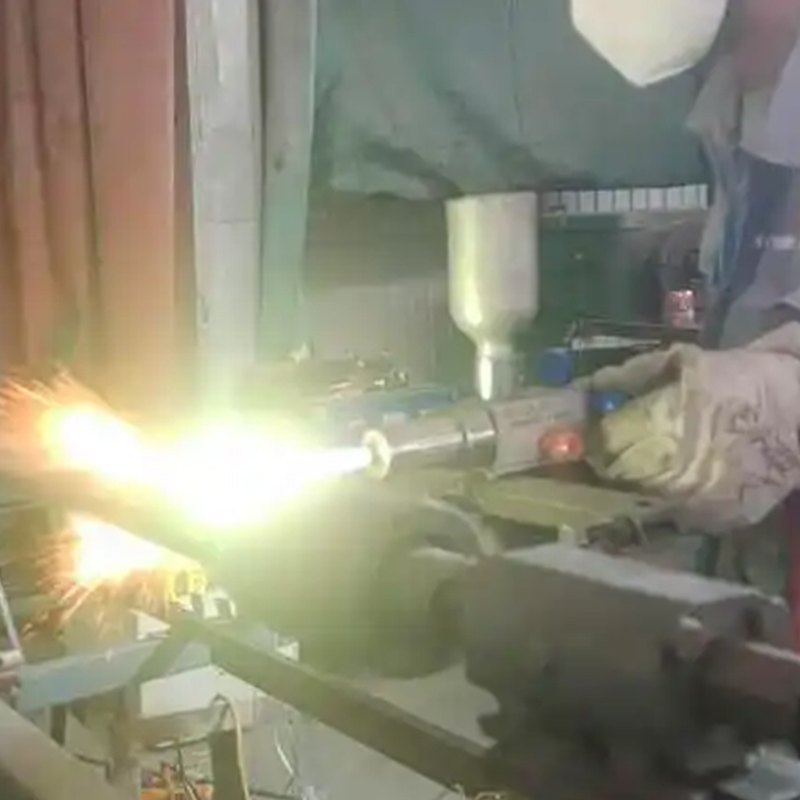

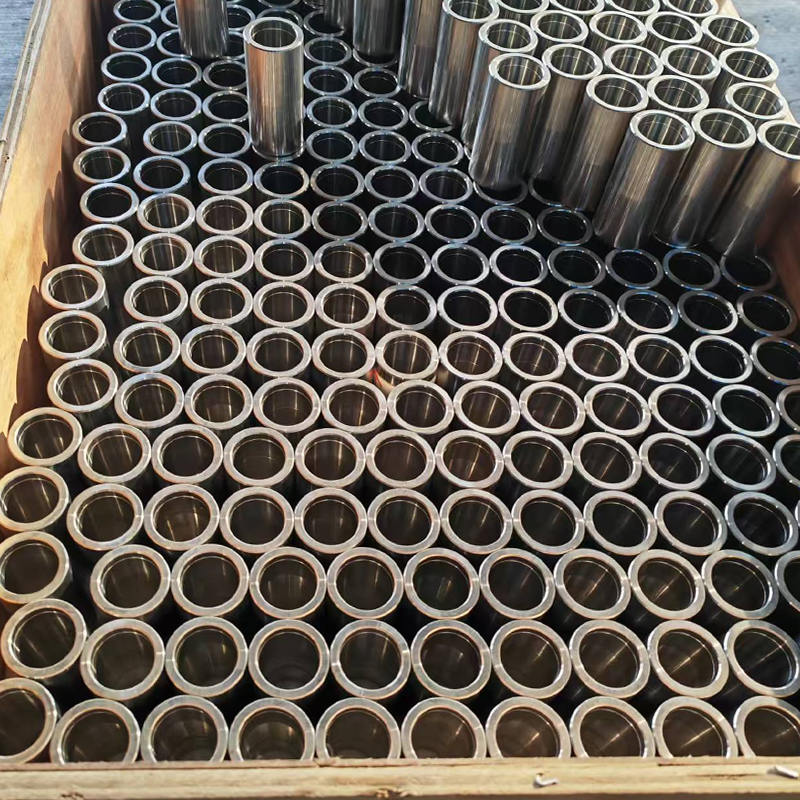
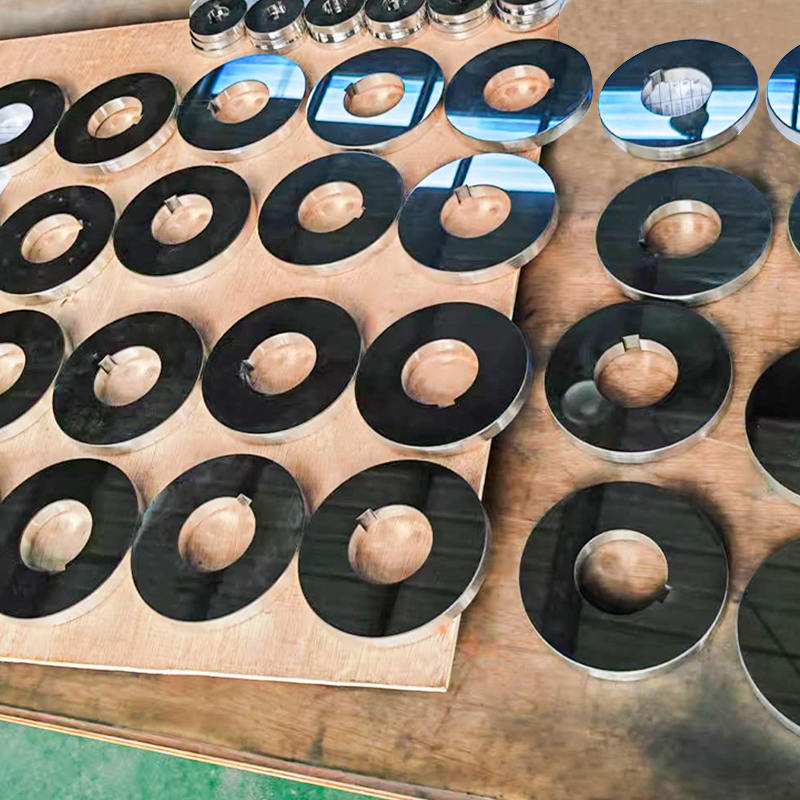

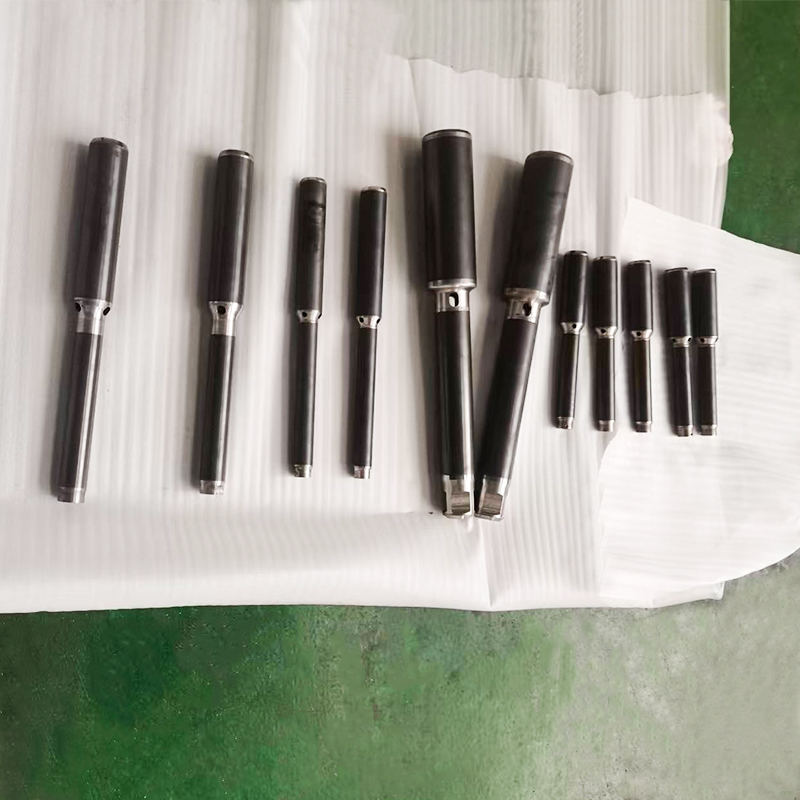
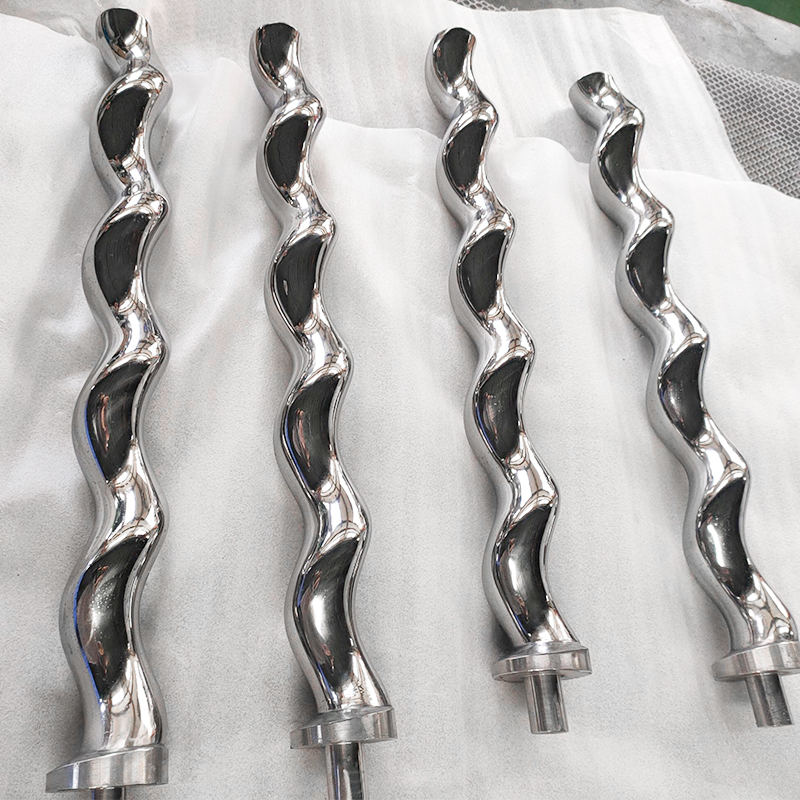

 TOP
TOP